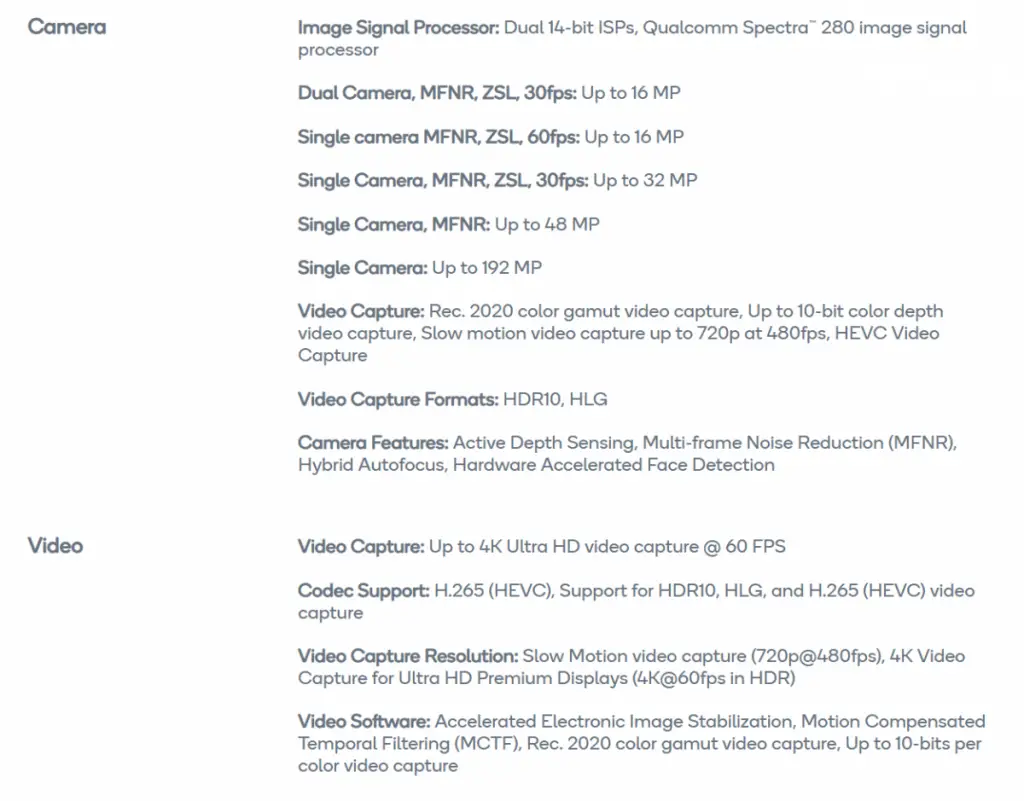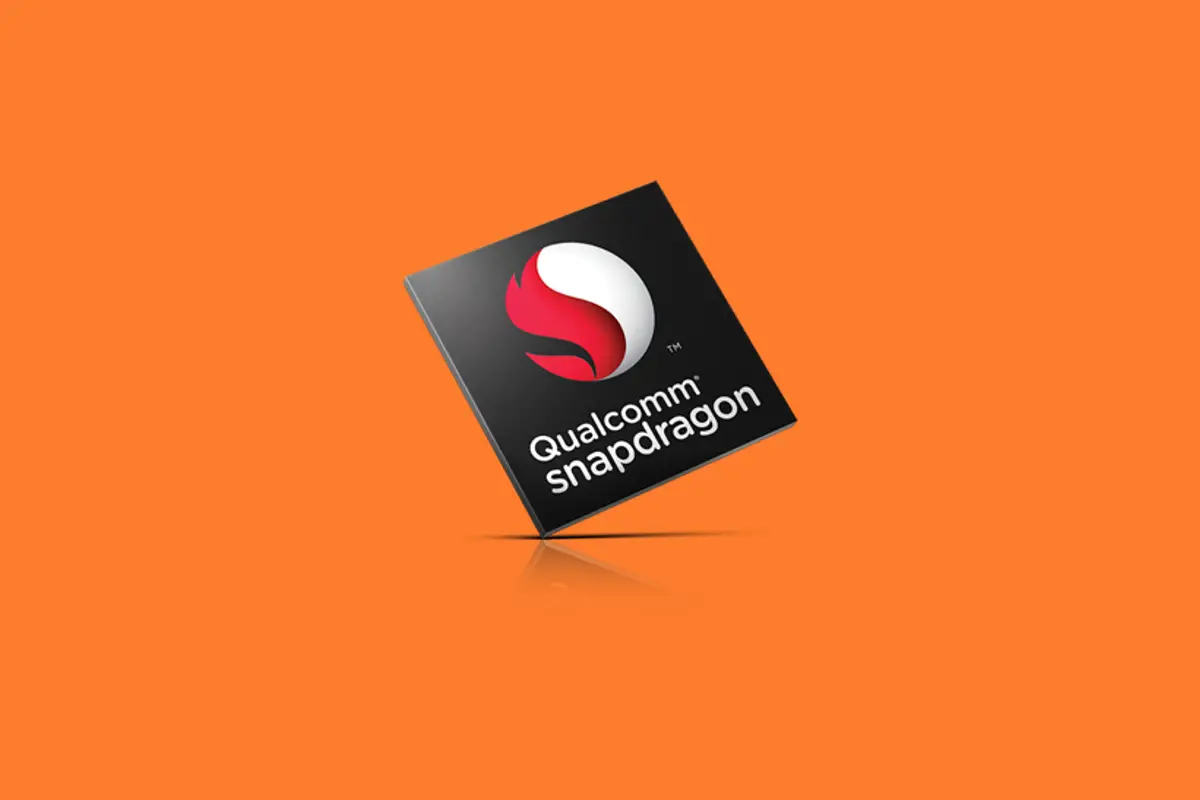For what its worth, chipset mounted on a smartphone is the brain in a variety of functions. One of the operations it handles is the imaging sensors that these chipsets support and use their computational functionalities to render the best images and videos at a set frame rate and other settings. Apparently, San Diego-based chipmaker Qualcomm has updated the catalog for a number of its chipsets showcasing how these chipsets are capable of supporting imaging sensors at up to 192MP.
To put things into context, System-on-Chip (SoC) have Image Signal Processor (ISP) that dictates a number of functions from noise reduction to framerates, resolution, demosaicing, and autofocus among others. Until now, Qualcomm used to segregate the catalog for each of its chipsets based on plural image sensors such a single front and rear camera or a dual rear and single front camera. However, turns out that many of the latest Qualcomm Snapdragon chipsets can support up to 192MP single camera setup which is breathtaking.

Qualcomm has updated the catalog for Qualcomm Snapdragon 660, 670, 710, 845, and the latest Snapdragon 855 with the so-called 192MP with no MFNR support but there are certain limitations that the smartphone manufacturers will have to face if they wish to introduce a single 192MP image sensor theoretically.
According to the findings of XDA Developers, they found out that OEMs can introduce a 192MP snapper but they will have to resort to a single snapper which means, there won’t be any selfie camera or dual rear camera support at all. Further, the 192MP ISP can undoubtedly capture breathtaking images at ultra high-resolution, however, it will have to face multi-frame noise reduction (MFNR). Per GSMArena, MFNR is a functionality of ISP that consolidates stills into one picture to reduce noise.

Next giveaway will be shutter lag which is a function of an image sensor that prepares the sensor by taking stills just when you click on the camera app to open it. Since this particularly reduces capture time, having a 192MP image sensor could mean giving away the shutter lag feature as well.
Qualcomm managed to provide a thorough catalog of ISP on each chipset such as Snapdragon 845 can support up to 16MP on Dual camera with MFNR (30fps), 16MP on single camera with MFNR (60fps), up to 32MP on single camera with MFNR (30fps), up to 48MP on single camera with MFNR and finally, a 192MP support on single camera without MFNR.
The comprehensive list includes the video codecs supported by the revised ISP catalog as well. SDM845 supports 4K ultra HD video at 60 fps with features like active depth sensing, hybrid autofocus, MFNR, and more.
Although these figures are impressive, there’s a lot of work that smartphone makers will have to do to achieve the epitome of camera optics at 192MP which is theoretically possible but might not be up for taking since it comprises a number of aspects too.
